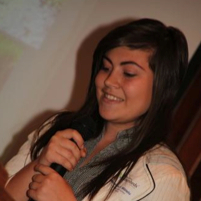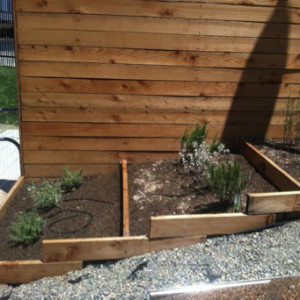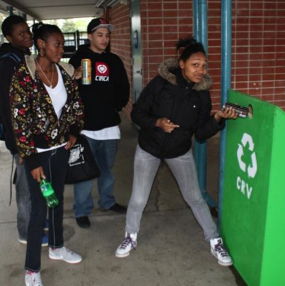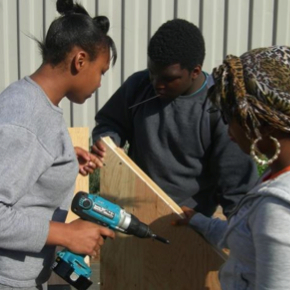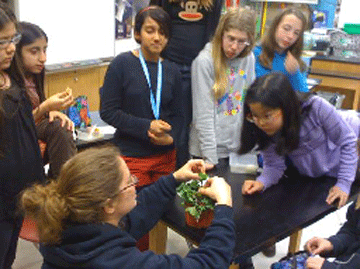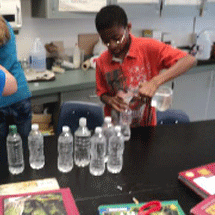2012 Berthoud, Colorado, USA

Alex Liebman is a senior at Berthoud High School. She placed 4th at the Northern Colorado watershed contest with her project to implement rooftop gardens on the schools in the Northern Colorado area. The gardens will serve as insulation for the school, reduce water runoff that could potentially be polluted, lower erosion levels, and provide a learning experience for students at the schools.
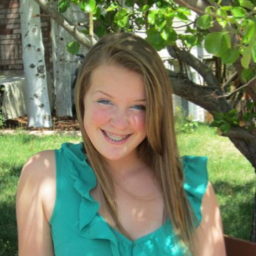 The garden consists of a square foot section of the roof that is covered with plants that will greatly benefit from the rain water that would otherwise be directed into the gutters, and sent into the school parking lots where the water will mix with possible toxins that could potentially be harmful to the watershed. Berthoud High School will serve as the pilot project.
The garden consists of a square foot section of the roof that is covered with plants that will greatly benefit from the rain water that would otherwise be directed into the gutters, and sent into the school parking lots where the water will mix with possible toxins that could potentially be harmful to the watershed. Berthoud High School will serve as the pilot project.
Green Roofs of Colorado, LLC the company that installed the rooftop garden on top of the EPA building in Denver, Colorado, (photo to the right) will use Berthoud as a referral to have additional schools in the area also install a green roof.
“I am extremely thankful to Nutrien for their donation of $1,008.60 to implement the project from the estimated cost budget.” Says Alex.
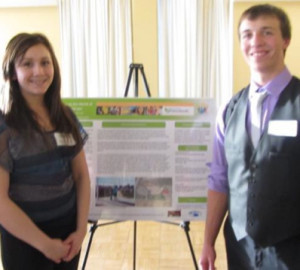
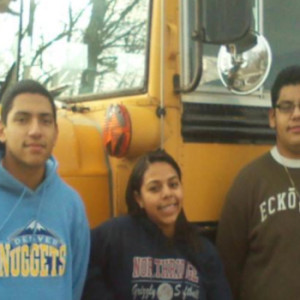
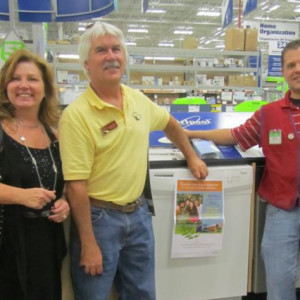
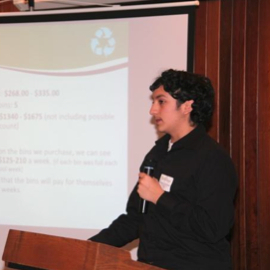

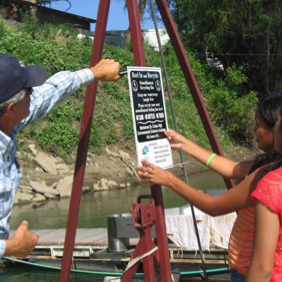
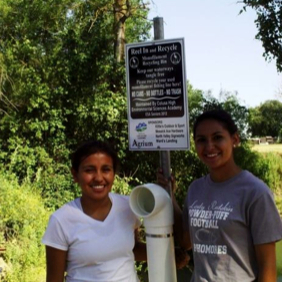 They visited each landing ahead of time to see where the best place would be to put the containers, conferring with the landing owners and staff. With full support and permission of the landing operators, they installed the containers and signs. Nutrien provided $342 in implementation funds for the project, which will be an ongoing effort carried on by the students at Colusa High School during Environmental Science Academy service hours. They are thankful that they were able to make their idea a reality and provide a simple solution to a problem in their watershed!
They visited each landing ahead of time to see where the best place would be to put the containers, conferring with the landing owners and staff. With full support and permission of the landing operators, they installed the containers and signs. Nutrien provided $342 in implementation funds for the project, which will be an ongoing effort carried on by the students at Colusa High School during Environmental Science Academy service hours. They are thankful that they were able to make their idea a reality and provide a simple solution to a problem in their watershed!